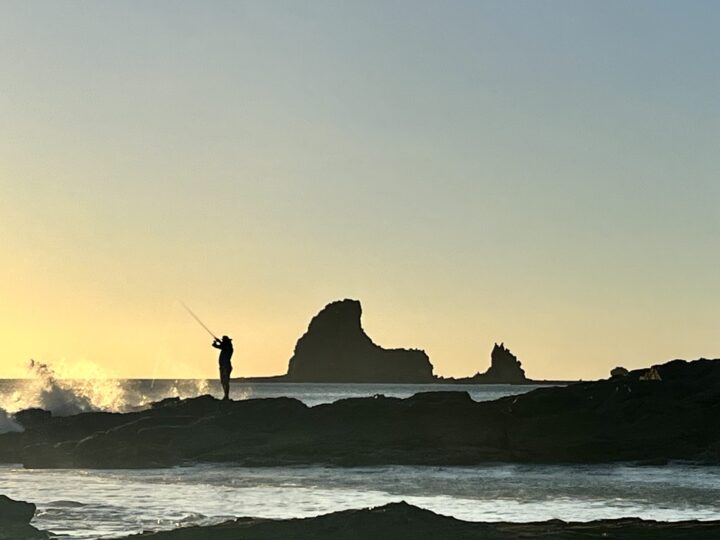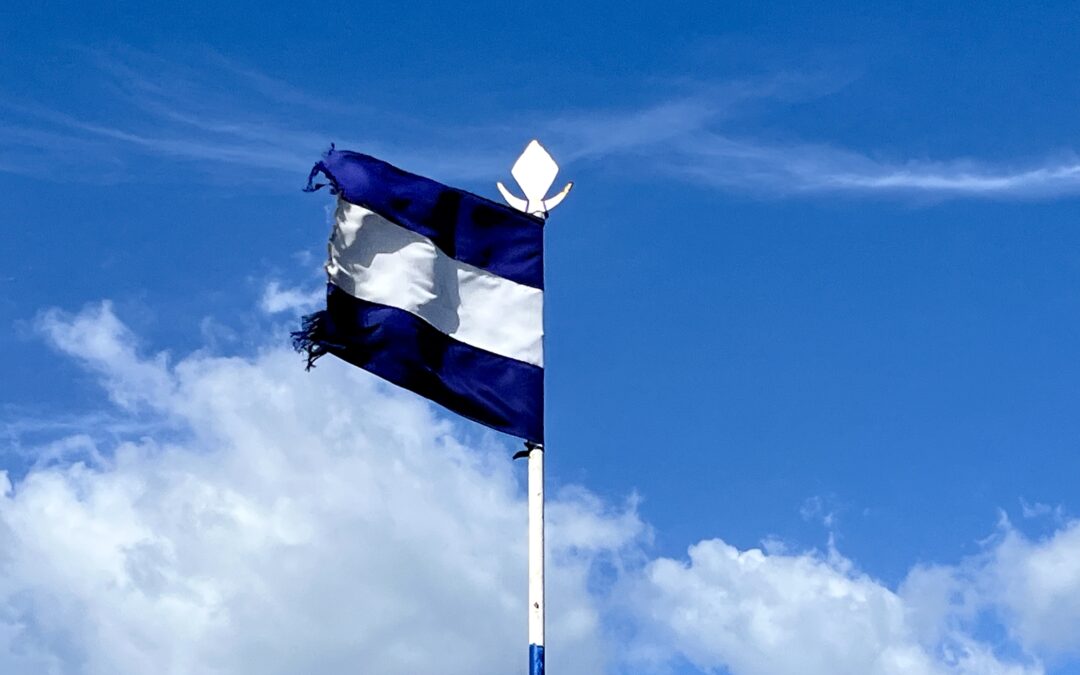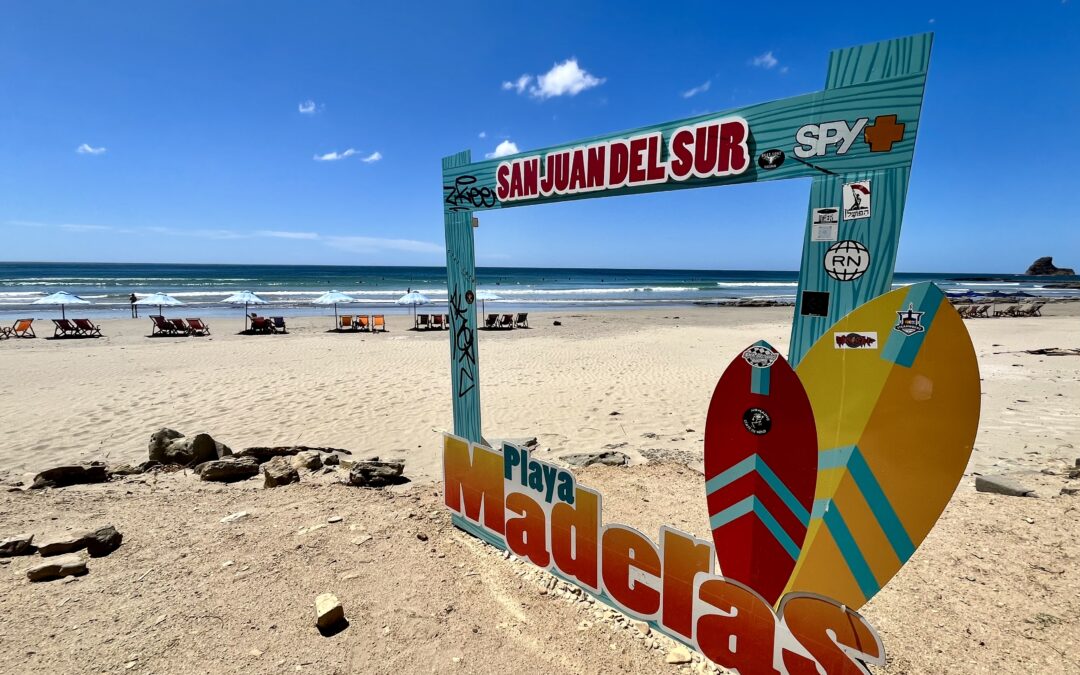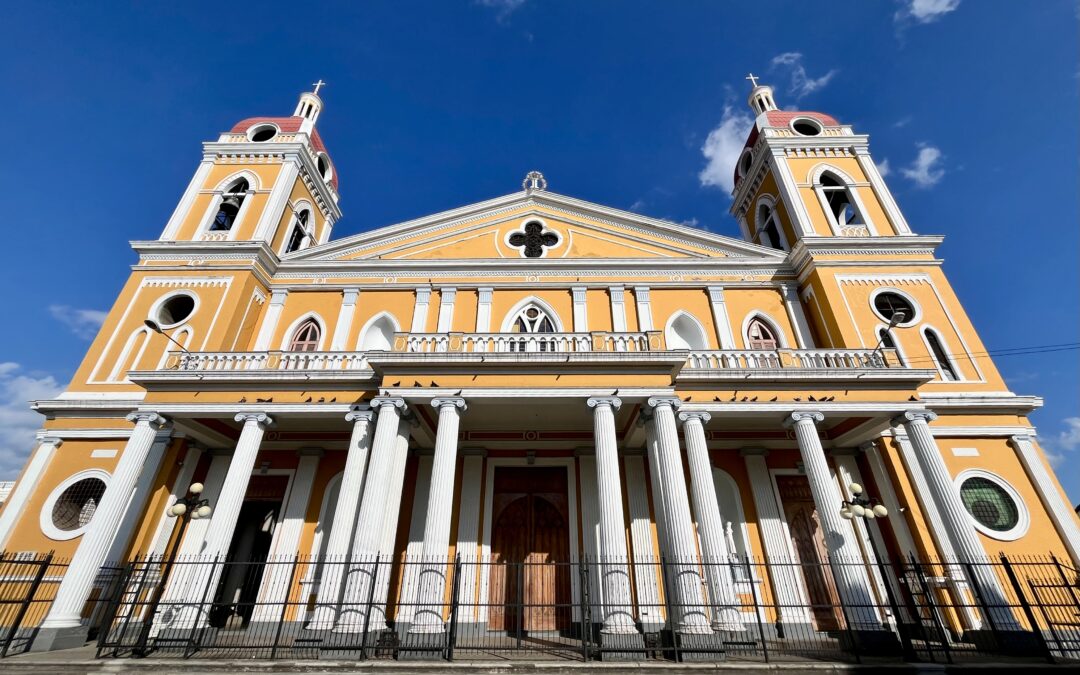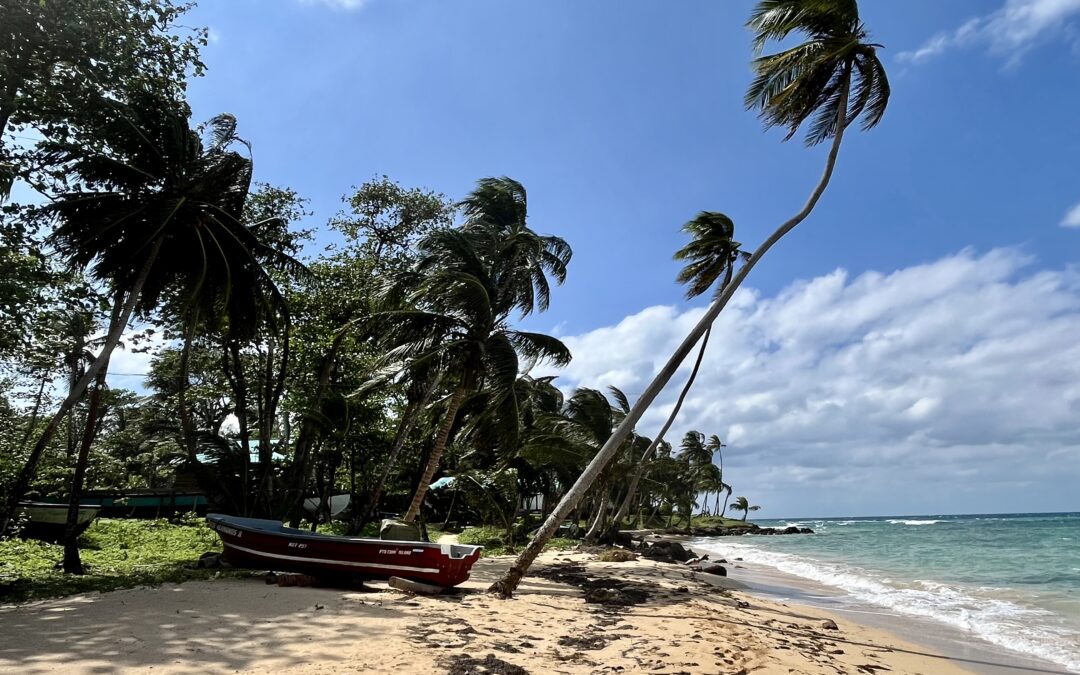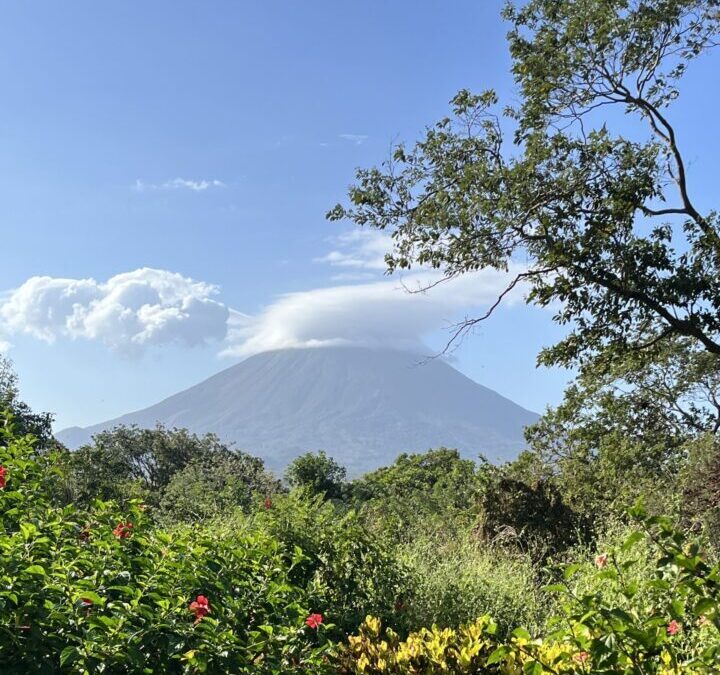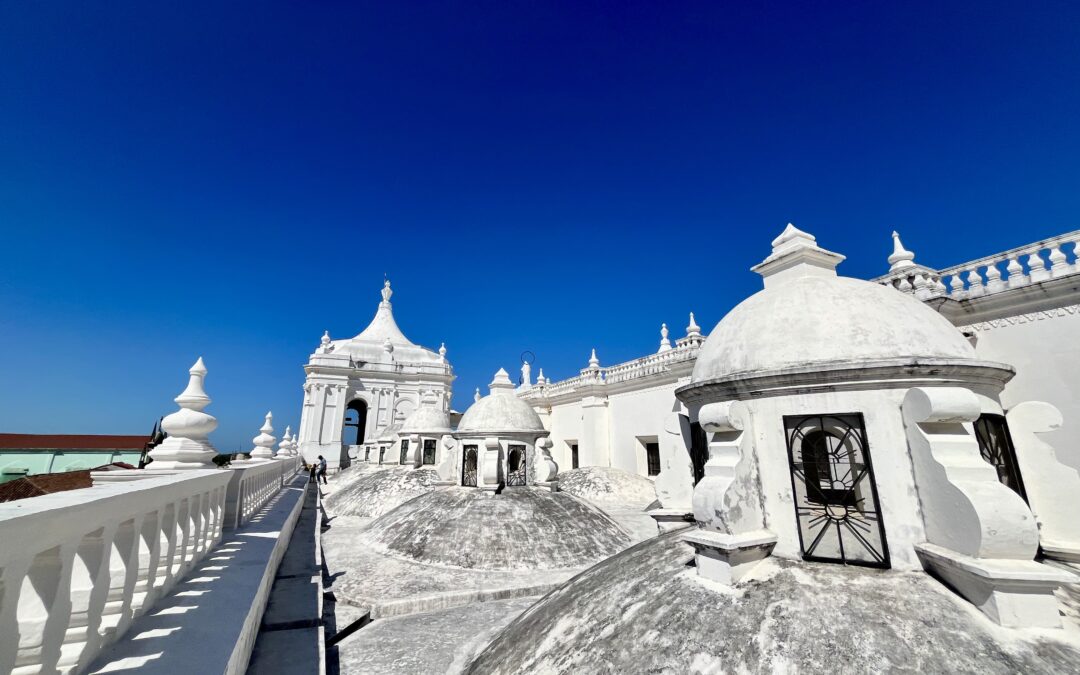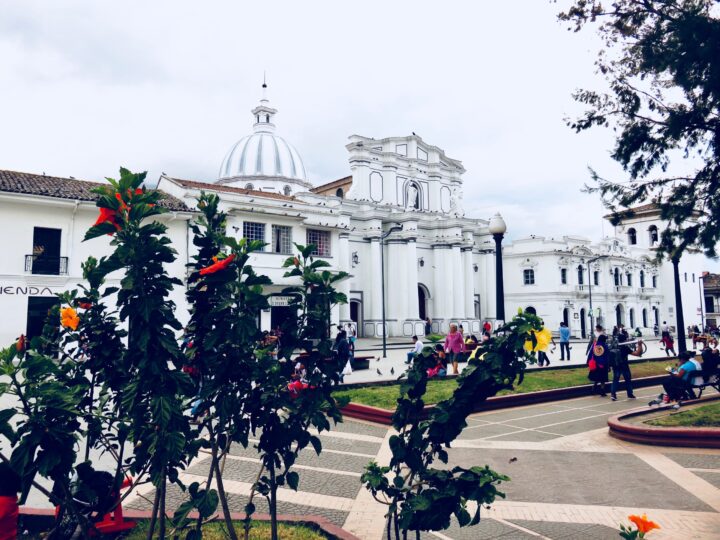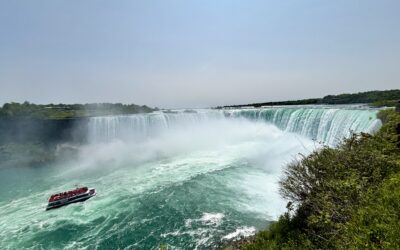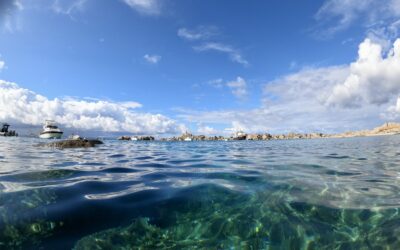Before you go to Nicaragua make sure you are well prepared. In this blog my tips and inspirations that will help you to plan your travel journey.
Visa for Nicaragua
As a foreigner you need to register yourself 7 days prior your arrival at the Nicaraguan Ministerio del Interior. As a Dutch citizen you don’t need a visa if you stay less than 90 days in Nicaragua. Your passport must be valid for another 6 months when you leave the country. Please check your visa status when traveling to Nicaragua.
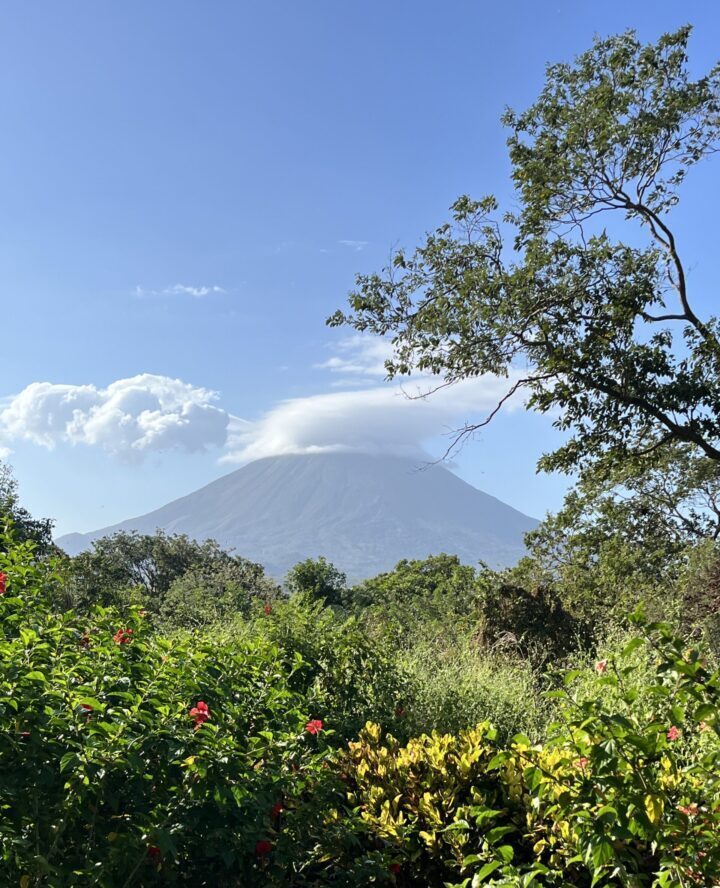
Keep some cash USD with you for the border crossing between Costa Rica and Nicaragua; Exit fee 8$ online Costa Rica entrance fee 14$ for Nicaragua.
Vaccinations for Nicaragua
Several websites show different recommendations for vaccinations. For Nicaragua you are required to have these standard essential vaccinations: Measles-Mumps-Rubella (MMR) vaccine, Diphtheria-Tetanus-Polio vaccine, and varicella (chickenpox) vaccine. I got an extra shot of Measles because I was not sure I got it in the past and to make sure I was covered I took a shot. Beside these vaccinations I have the recommended vaccinations: Yellow Fever, Hepatitis A and B, and Typhoid. Optional vaccination is Rabies.
I didn’t go to a malaria area, so there is no need to take the pills. Have you been feverish or flu-like in the tropics for more than 24 hours? Keep in mind that it may be Malaria. Go to a hospital to have your blood assessed for Malaria. Preferably consult with your travel insurance company about a good hospital on the spot. Does research show that you have Malaria; use the emergency package of Malaria pills (Malarone) as treatment; no need to take the pills during the whole trip.
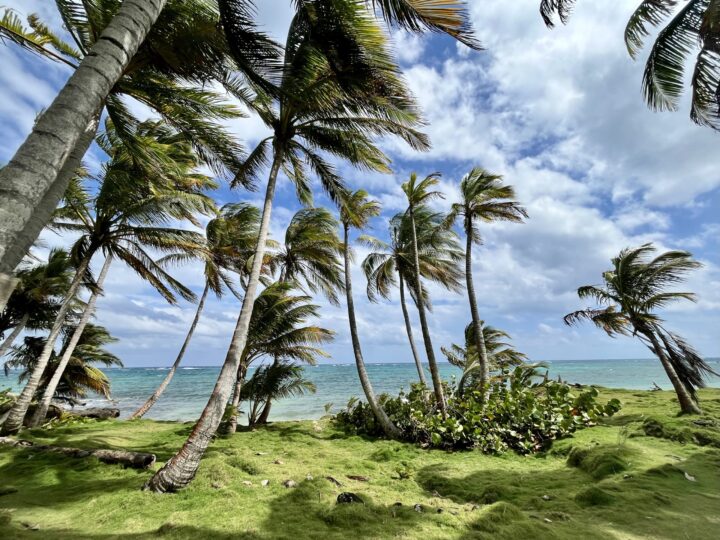
Take into account that there are cases of Dengue in Nicaragua, so take your precautions seriously: use mosquito repellent (deed), sleep under mosquito nets impregnated with a mosquito repellent liquid and wear clothes with long sleeves and long pants.
Safety in Nicaragua
All I heard when I told people I went traveling to Central and South America: “Is it safe?” “A woman all by herself!” And all I can say, you have to be cautious and be prepared. I wrote a separate blog on Safety during my travels; Travel Tips to keep Safe. I haven’t felt unsafe for a minute in Nicaragua!
The political situation in Nicaragua is not very stable, there is a history of protests, riots for a better life of the local people under the current dictatorship. So check in advance how the situation is with your local government. This has implications for your travel insurance as well. I booked my flight in and out of Costa Rica, it was the best flight option but also a good fall back in case anything will burst out in Nicaragua.
Transport in Nicaragua
I found it amazingly easy to travel in Nicaragua; tour operators everywhere and transport via shuttle and direct to the next destination in Nicaragua or even El Salvador and Costa Rica. So no chicken busses needed here (which I did on Isla de Ometepe), direct with other tourist in a shuttle bus. The distances in Nicaragua are not far in kilometers, but the roads have only one lane for each direction; so a lot of (dangerous) overtaking! Some roads are not even paved and busy with trucks; it will take time and you have to be patient. Just enjoy the scenery passing by or catch some sleep!
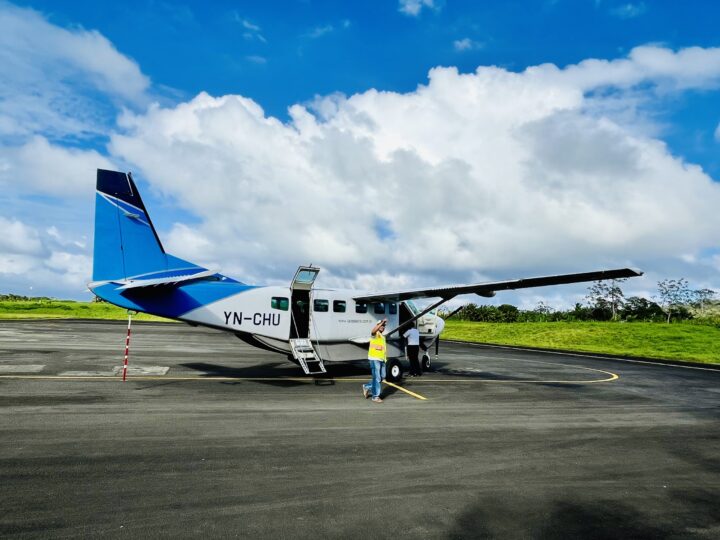
Boats do run often and on time, but the windy weather could impact this! So be flexible at the same time. See my blogs on Isla de Ometepe and Little Corn Island.
Money in Nicaragua
In Nicaragua, the local currency is the Nicaraguan Córdoba (C$), but the USD is mainly accepted For 1 USD you get ±37 C$. I brought cash USD with me, it is accepted everywhere and you get the change back in C$. Compared to Europe, Nicaragua is cheap.
Be aware: keep your USD bills neat and clean, they only accept them if there is no damage to the bill. Check when get the change back in USD, there may be a damaged note in there which you can’t use further in your travel trip.
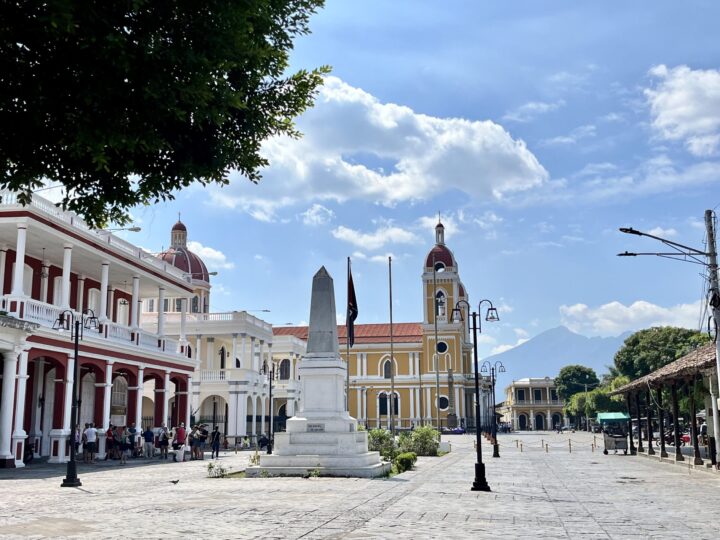
Maestro and VISA cards were not accepted everywhere, in some of the hotels and restaurants.
Other Tips for Nicaragua
You can buy a SIM card for your phone; I bought a E-SIM card from Airalo which uses the Tigo network. I used the WIFI at the hotels and restaurants as well; it’s available everywhere. There are a lot of digital nomads working at certain places where there is a good WIFI available.
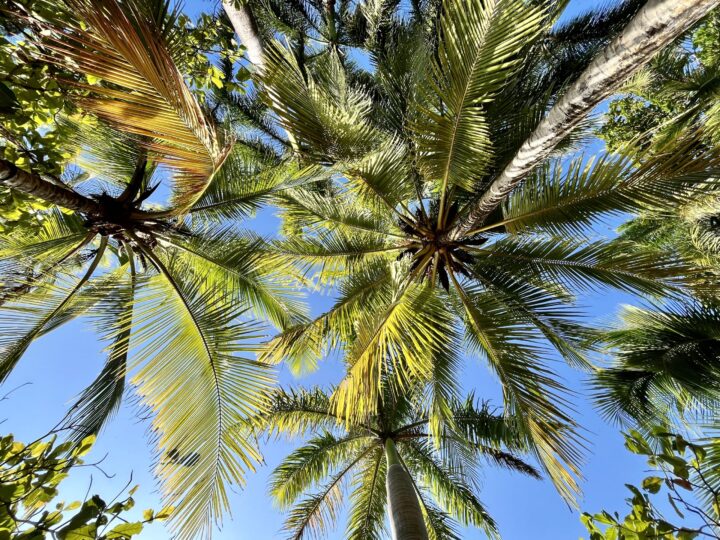
Before I left to Central America and Nicaragua I already downloaded the app; Maps.me. This is an offline map provider. You download parts of a country in advance where you intend to go. This was helpful by walking in the city streets where there was no reception and you still can find your way!
Have you already made a decision on your itinerary yet? Check here for inspirations

